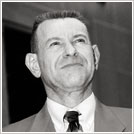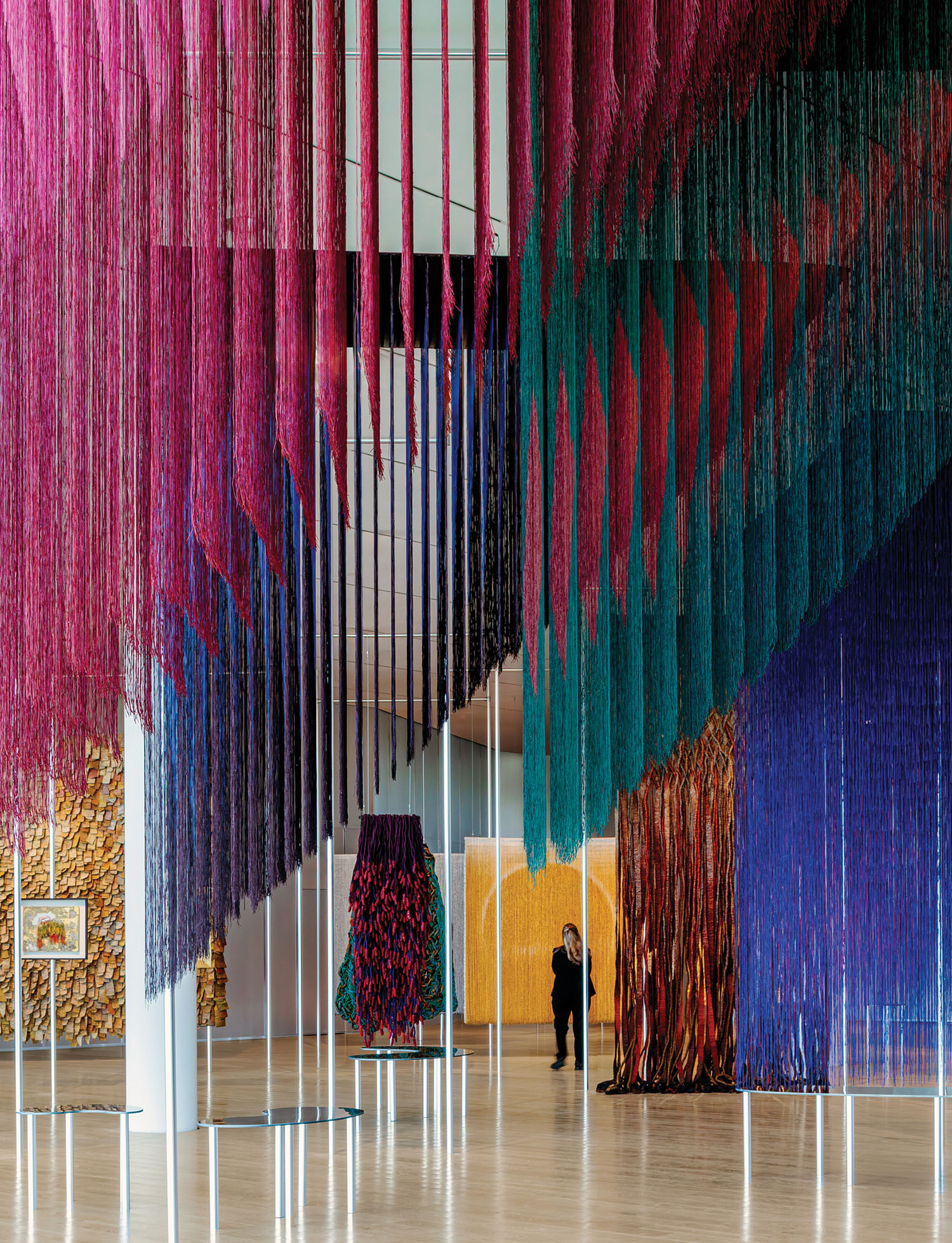Edward A. Feiner: 2004 Hall of Fame Inductee

This year marks the 10th anniversary of the U.S. General Services Administration’s Design Excellence Program. The program’s highly competitive biennial awards are the most visible aspect of a concerted effort by Edward A. Feiner, this country’s chief architect, to make government commissions not only respectable but also downright prestigious. Says Interior Design Hall of Famer
Debra Lehman-Smith
, “Ed has broken the mold of federal architectural design, and the results are astounding.”
Indeed, he’s fostered some of the most progressive design of the past 100 years-landmark courthouses, high-tech labs, even modest border stations-by enlisting the likes of David Childs, Henry Cobb, James Freed,
Charles Gwathmey
, Thom Mayne,
Richard Meier
, Antoine Predock, and
Robert A.M. Stern
. Women are well represented, too: Carol Ross Barney, Joan Goody, and Frances Halsbrand in addition to Lehman-Smith. Under Feiner’s tenure, the GSA also commissioned the first courthouse by an African-American, Ralph Jackson.
“Ed has been able to sell the program internally, to the government, and externally, to designers. He’s brought in archi- tects who’d never have thought to do federal projects, because they were too mundane, and now the best of the profession is fighting over those assignments,” says Hall of Famer
Arthur Gensler
, who’s served on several GSA peer reviews. “Ed is one of the few people who can bring out the best in all kinds of architects, and he really pushes them.”
Before Feiner became the GSA’s chief architect in 1996, he served as deputy director of the office of property development. It was there that he took his first steps toward simplifying the architect selection process and choosing talent based on portfolio, not on how well an applicant filled out reams of paperwork. Then he did something unheard-of in federal government: He brought the word aesthetics into the dialogue.
This year, he reached another milestone by hiring designer Carmen Epstein to take on the Achilles’ heel of federal buildings, the dismal interiors. Epstein was formerly an associate at
Lehman-Smith + McLeish
-which won a Design Excellence honor award for overhauling Feiner’s office in a 1917 Washington building.
He has already made great strides with the First Impressions Program, a low-cost, long-term effort to make lobbies, corridors, and other public spaces more welcoming by unifying signage and reducing clutter. (Adios, bake-sale posters.) Issues such as streamlining security come into play as well. “We don’t look at it as just interior decoration,” Feiner says.
While security has taken on greater urgency since 9/11, Feiner views it as a creative opportunity. Setback requirements, for example, allow for landscaped plazas. “We’ll do whatever we can to humanize the safety issue,” he says. “There should be nothing separating the American public from their buildings. Jersey barriers will become an anachronism.”
Feiner is that rarest of bureaucrats, a visionary. Although his quest has been called quixotic, he has in fact changed the game completely. Much of that can be chalked up to force of personality. With his bushy crew cut, three-piece suits, and snakeskin cowboy boots, he doesn’t look the part of a paper pusher. And when he opens his mouth, out pours a barrage of architectural critique, historical analysis, and impassioned advocacy for contemporary design-all in a disarming New Yawk accent.
“Each building is not just fulfilling its role but also making a contribution to the community,” he says. “Our mission is to improve the image and performance of the American people’s government.”


